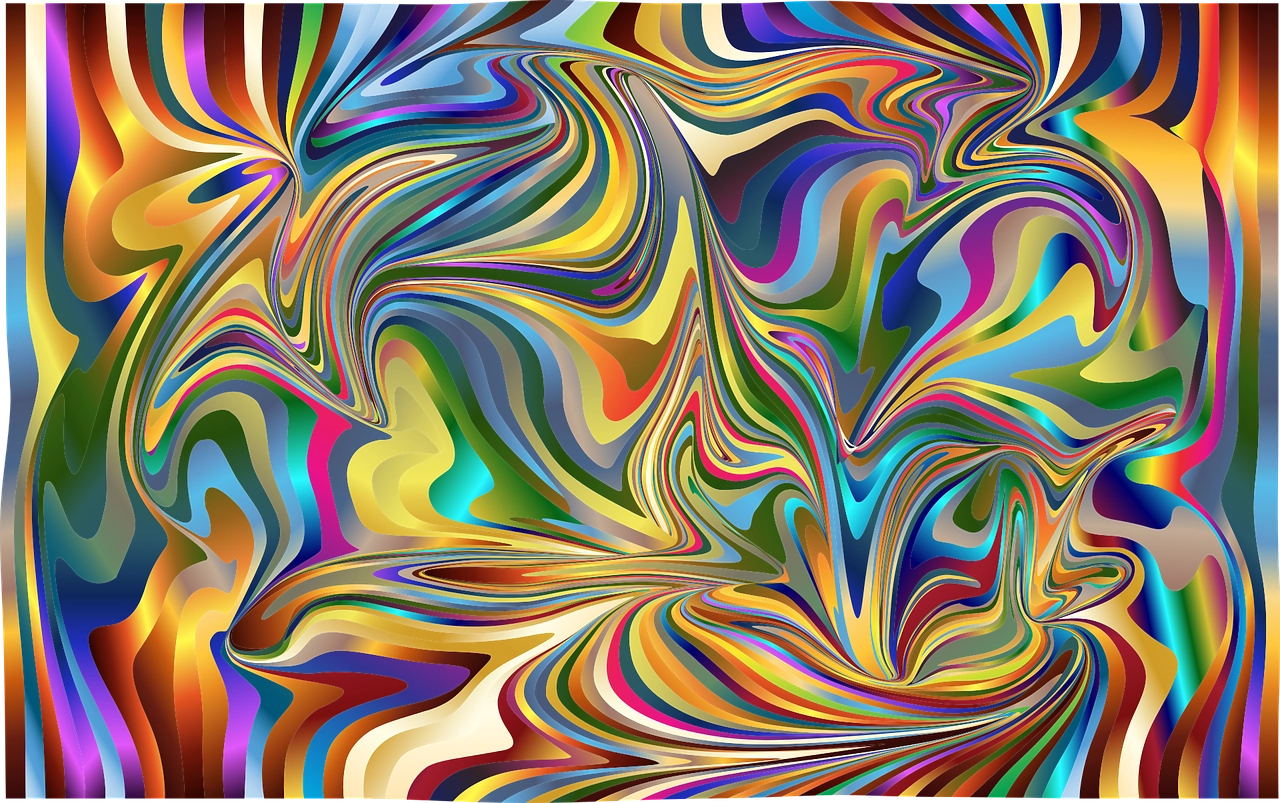Chinese Dragon: Power, Prestige, and Mythical Significance Unveiled

Looking for more amazing products? Check out our online store and explore our collection here! Happy shopping!
Before diving in, please note: This post is for informational purposes only. If you’d like to know more about how we approach topics, feel free to check out our friendly Disclaimer Page.
Hey there, amazing readers! 
We’re committed to delivering quality posts, and your support (even just sticking around despite the ads) means everything to us. So, bear with us, and thanks for helping us keep the good vibes rolling. Now, on to the fun stuff!
TRANSLATE BUTTON AT THE END OF THE ARTICLE
A Quick Overview
Chinese dragons have long been a symbol of power, prestige, and mythical significance in Chinese culture.
These majestic creatures have a rich history that dates back thousands of years, and they continue to play a significant role in Chinese traditions and beliefs.
In this article, we will delve into the origin of the Chinese dragon, explore its symbolism and meaning in Chinese culture, look at historical depictions of dragons in art and literature, examine their role in Chinese imperialism, and discuss dragon festivals and celebrations in China.
We will also explore how the dragon became a symbol of power and prestige, the different types of Chinese dragons and their characteristics, the cultural significance of dragons in modern China, dragon lore and myths in Chinese folklore, the influence of Chinese dragons in Western culture, and the traditional Chinese performance of dragon dance.
The Origin of the Chinese Dragon
The Chinese dragon, known as "Long" in Chinese, has a complex origin that is deeply rooted in Chinese mythology and folklore.
Unlike the fire-breathing dragons of Western mythology, Chinese dragons are benevolent creatures associated with water, rainfall, and good fortune.
The dragon is one of the oldest and most enduring symbols in Chinese culture, with origins dating back to ancient times.
Legend has it that the dragon was created by the gods to protect the people and bring prosperity to the land.
Symbolism and Meaning of the Dragon in Chinese Culture
In Chinese culture, the dragon is a symbol of power, strength, and good luck.
It is also associated with the emperor and represents authority and the divine right to rule.
The dragon is often depicted with a pearl in its mouth, which symbolizes wisdom, enlightenment, and spiritual growth.
The dragon is believed to bring blessings and protect against evil spirits, making it a popular symbol in Chinese art, architecture, and clothing.
Historical Depictions of Chinese Dragons in Art and Literature
Chinese dragons have been depicted in art and literature for thousands of years, with some of the earliest known depictions dating back to the Shang Dynasty (16th-11th century BC).
Dragons can be found in a wide range of Chinese art forms, including paintings, sculptures, ceramics, and embroidery.
They are often portrayed as long, serpentine creatures with scales, horns, and claws, and are typically depicted in vibrant colors.
In Chinese literature, dragons are often portrayed as wise and benevolent creatures that possess magical powers.
The Role of the Dragon in Chinese Imperialism
Dragons have long been associated with the Chinese emperor and the concept of imperial power.
Emperors in ancient China believed that they were descendants of dragons and often used dragon motifs in their palaces, clothing, and official seals.
The dragon was seen as a symbol of the emperor’s authority and divine right to rule, and it was believed that the dragon brought good luck and prosperity to the empire.
Dragon Festivals and Celebrations in China
In China, dragons are celebrated during various festivals and special occasions.
The most famous dragon festival is the Dragon Boat Festival, which is held on the fifth day of the fifth lunar month.
During this festival, people race dragon boats and eat traditional foods like zongzi (sticky rice dumplings).
Dragons are also a prominent feature in Chinese New Year celebrations, where dragon dances are performed to bring good luck and ward off evil spirits.
How the Dragon Became a Symbol of Power and Prestige
Over time, the dragon has become a symbol of power and prestige in Chinese culture.
Emperors used dragon motifs to assert their authority and legitimacy, and the dragon became a symbol of strength, wisdom, and good fortune.
Today, the dragon is still seen as a symbol of power and success, and it is often used in business logos, architecture, and fashion to convey a sense of strength and prosperity.
The Different Types of Chinese Dragons and Their Characteristics
There are several different types of Chinese dragons, each with its own unique characteristics and abilities.
The most common types of Chinese dragons include the horned dragon, the celestial dragon, the dragon of hidden treasures, and the coiling dragon.
Each type of dragon is associated with a different element (earth, water, fire, and air) and possesses its own special powers and attributes.
Types of Chinese Dragons:
Horned Dragon: Associated with thunder and storms, this dragon is known for its aggressive nature and ability to control the weather.
Celestial Dragon: Symbolizes the divine and is associated with the heavens, immortality, and spiritual enlightenment.
Dragon of Hidden Treasures: This dragon is said to guard buried treasure and is associated with wealth, prosperity, and abundance.
Coiling Dragon: Known for its serpentine body and ability to change shape, this dragon is associated with water and is believed to bring rain and fertility to the land.
Cultural Significance of Dragons in Modern China
In modern China, the dragon continues to hold great cultural significance and is deeply ingrained in the national identity.
Dragons are often used in traditional Chinese art, literature, and folklore, and they are a popular motif in contemporary Chinese design and fashion.
The dragon is also a symbol of Chinese nationalism and pride, representing the country’s long history and rich cultural heritage.
Dragon Lore and Myths in Chinese Folklore
Chinese folklore is filled with stories of dragons, each with its own unique characteristics and abilities.
Dragons are often portrayed as benevolent beings that bring blessings and protection, but they can also be fierce and destructive when angered.
Some popular dragon myths include the story of the Dragon King, who rules the seas and controls the weather, and the legend of the Nine Sons of the Dragon, each of whom possesses a different magical power.
The Influence of Chinese Dragons in Western Culture
Chinese dragons have had a significant influence on Western culture, where they are often portrayed as powerful and fearsome creatures.
Dragons have appeared in Western literature, art, and film, where they are often depicted as fire-breathing monsters that hoard treasure and terrorize villages.
However, in recent years, there has been a growing appreciation for the cultural significance of Chinese dragons in the West, with many people embracing them as symbols of strength, wisdom, and good luck.
Dragon Dance: A Traditional Chinese Performance
The dragon dance is a traditional Chinese performance that dates back thousands of years.
During the dance, a team of dancers manipulates a long, colorful dragon puppet made of silk, paper, and bamboo.
The dragon is believed to bring good luck and prosperity, and the dance is often performed during festivals, celebrations, and special events.
The dragon dance is a vibrant and energetic performance that involves intricate choreography, drumming, and cymbals, and it is a popular form of entertainment in China and around the world.
The Evolution of the Chinese Dragon Symbolism Over Time
The symbolism of the Chinese dragon has evolved over time, reflecting changes in Chinese society and culture.
While the dragon was once primarily associated with the emperor and imperial power, it has since become a symbol of national pride, strength, and unity.
Today, the dragon is celebrated and revered in China and around the world, where it is seen as a powerful and majestic creature that embodies the spirit of the Chinese people.
Conclusion
Chinese dragons hold a special place in Chinese culture, representing power, prestige, and mythical significance.
From their ancient origins in Chinese mythology to their modern-day symbolism in art, literature, and festivals, dragons continue to captivate and inspire people around the world.
As symbols of strength, wisdom, and good fortune, Chinese dragons are an enduring part of Chinese heritage and a source of pride for the Chinese people.
Whether depicted in traditional dragon dances or modern-day designs, the dragon remains a powerful and iconic symbol that transcends time and culture.

The Enlightenment Journey is a remarkable collection of writings authored by a distinguished group of experts in the fields of spirituality, new age, and esoteric knowledge.
This anthology features a diverse assembly of well-experienced authors who bring their profound insights and credible perspectives to the forefront.
Each contributor possesses a wealth of knowledge and wisdom, making them authorities in their respective domains.
Together, they offer readers a transformative journey into the realms of spiritual growth, self-discovery, and esoteric enlightenment.
The Enlightenment Journey is a testament to the collective expertise of these luminaries, providing readers with a rich tapestry of ideas and information to illuminate their spiritual path.
Our Diverse Expertise
While our primary focus is on spirituality and esotericism, we are equally passionate about exploring a wide range of other topics and niches 

To ensure we provide the most accurate and valuable insights, we collaborate with trusted experts in their respective domains 
Our blog originally focused on spirituality and metaphysics, but we’ve since expanded to cover a wide range of niches. Don’t worry—we continue to publish a lot of articles on spirituality! Frequently visit our blog to explore our diverse content and stay tuned for more insightful reads.
Hey there, amazing reader! 
Check out our store here and take a peek at some of our featured products below! Thanks for being awesome!











